United Airlines and Starlink – A New Direction in Regional Air Travel
United Airlines is set to redefine regional travel through an innovative partnership with Starlink. The U.S.-based airline recently received approval from the Federal Aviation Administration (FAA) for the first aircraft to be equipped with the high-speed Wi-Fi technology provided by Starlink. This milestone marks an important evolution in the modernization of United Airlines’ regional fleet, with the first commercial flight scheduled for May.
A Technological Breakthrough with the Embraer 175
The key development in this initiative is the FAA’s issuance of an Additional Type Certificate for the Embraer 175, a model that operates under United Express. Through collaboration with Starlink, the airline plans to install state-of-the-art high-speed Wi-Fi on over 300 regional aircraft. With a strategy to upgrade roughly 40 airplanes each month, the entire fleet is expected to be fitted with the technology by the end of the current year.
This innovative project not only aims to enhance the onboard experience for passengers but also strengthens operational efficiency and safety. As various airlines across the globe invest in technology to remain competitive, United Airlines is positioning itself ahead of the curve by integrating advanced communication solutions into its regional services.
Advancing the Modernization of the Fleet
The incorporation of Starlink’s system across United Airlines’ regional fleet is a strategically significant move. Merging cutting-edge information technology with advanced aviation systems lays the groundwork for a competitive edge that is essential in today’s dynamic travel industry. Leveraging these innovations offers the airline the potential to reach new levels of service quality and operational reliability.
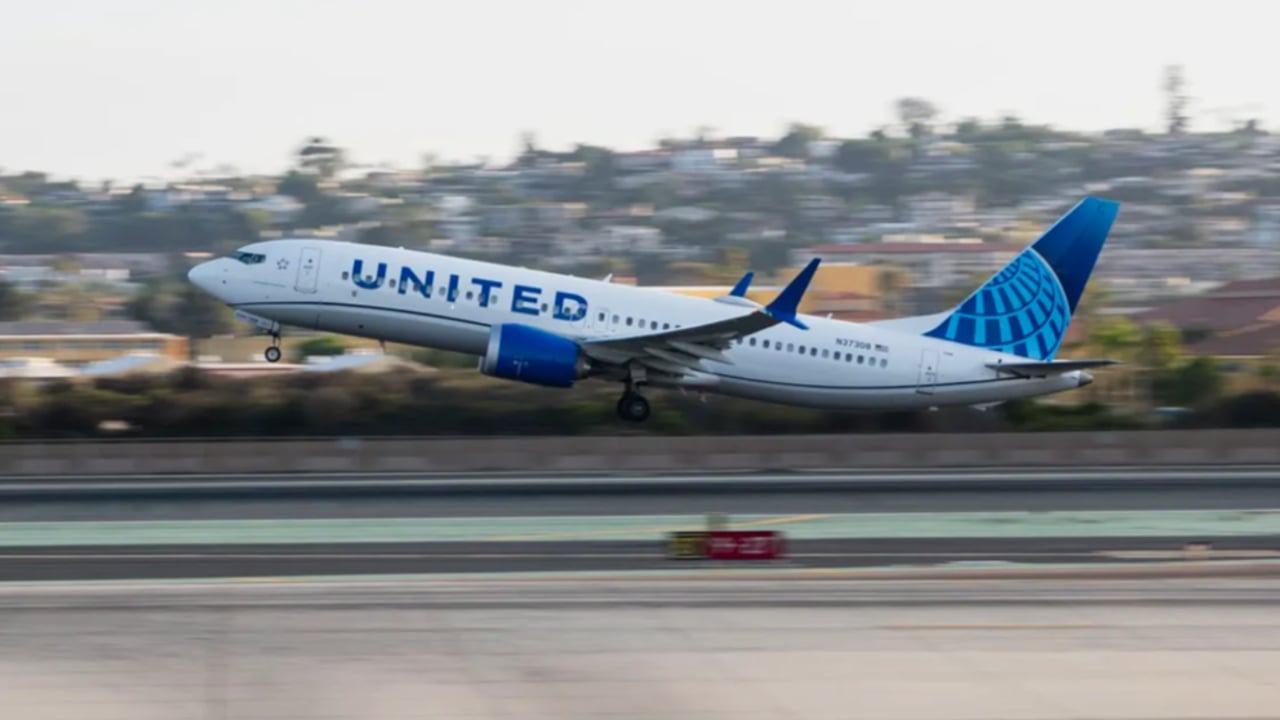
Below are the major milestones achieved in implementing this technological upgrade:
1. Issuance of the Additional Type Certificate by the FAA for the Embraer 175.
2. Initiation of pilot test flights featuring the Starlink system.
3. A planned rollout to install the technology on approximately 40 aircraft per month.
4. Expansion of the collaboration with Starlink to incorporate the system on more than 16 different aircraft models.
5. Completion of the modernization process for the regional fleet by the end of the year.
Benefits and New Possibilities
The introduction of high-speed Wi-Fi powered by Starlink brings several clear advantages that can reshape the dynamics of regional aviation. These benefits include:
• Enhanced in-flight service quality through reliable high-speed internet connectivity.
• Improved communication and coordination, contributing to increased flight safety and efficiency.
• The opportunity to reduce maintenance costs and boost operational performance through advanced technological tools.
• Strengthened market appeal, making the airline a more attractive partner in the competitive aviation ecosystem.
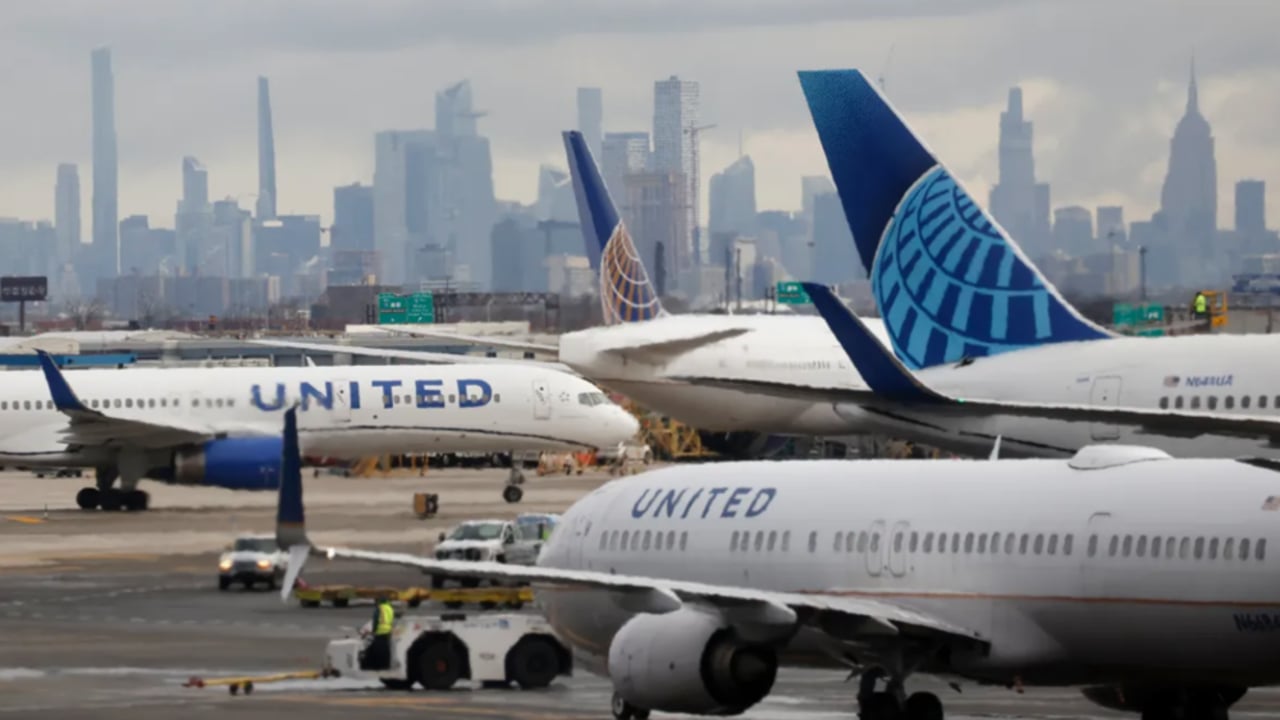
Expert Analysis on Future Prospects
Analysts consider the FAA’s decision to approve the first aircraft with Starlink an encouraging signal for the aviation industry at large. Such technological advancements highlight the critical role that innovation and modernization play in enhancing operational standards and overall service quality. United Airlines is setting a commendable example by adeptly managing change and incorporating breakthrough technologies, which in turn builds greater trust among industry partners and contributes positively to its financial performance.
The ongoing collaboration between United Airlines and Starlink showcases a successful synergy between conventional aviation and modern digital communications. In today’s high-stakes market environment, where both safety and service excellence are paramount, integrating advanced systems is essential for maintaining robust performance levels and establishing new operational benchmarks. The proactive approach taken by United Airlines is likely to influence the broader trajectory of the aviation industry, steering it towards comprehensive digital transformation.
In summary, the strategic steps undertaken by United Airlines are not only set to fortify its market position but also pave the way for an industry-wide upgrade in regional air travel. With robust technological backing, the integration of Starlink is a promising move that highlights the importance of innovation in today's competitive landscape. As traditional aviation continues to evolve, such forward-thinking projects demonstrate the potential for significant improvements in both operational effectiveness and passenger experience.


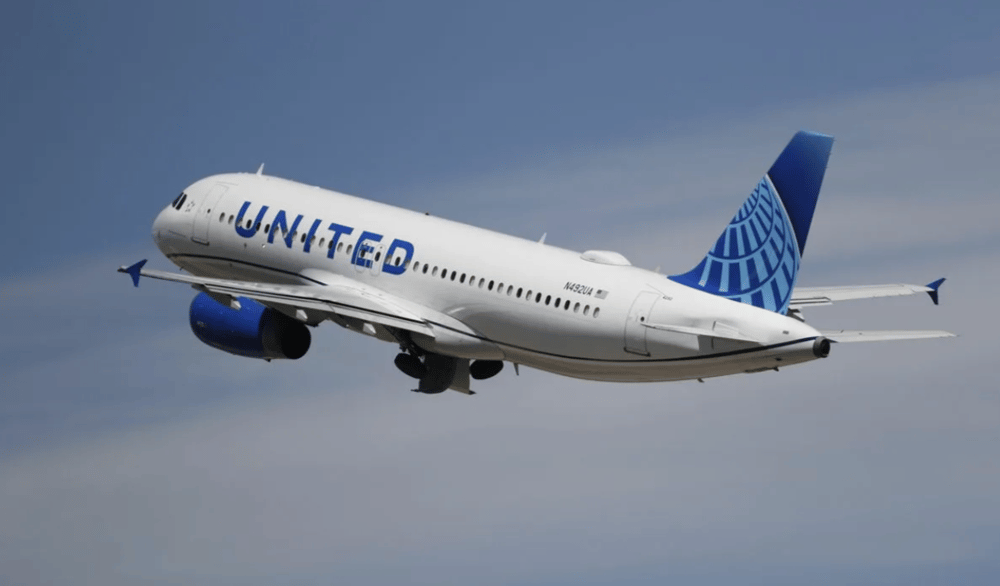




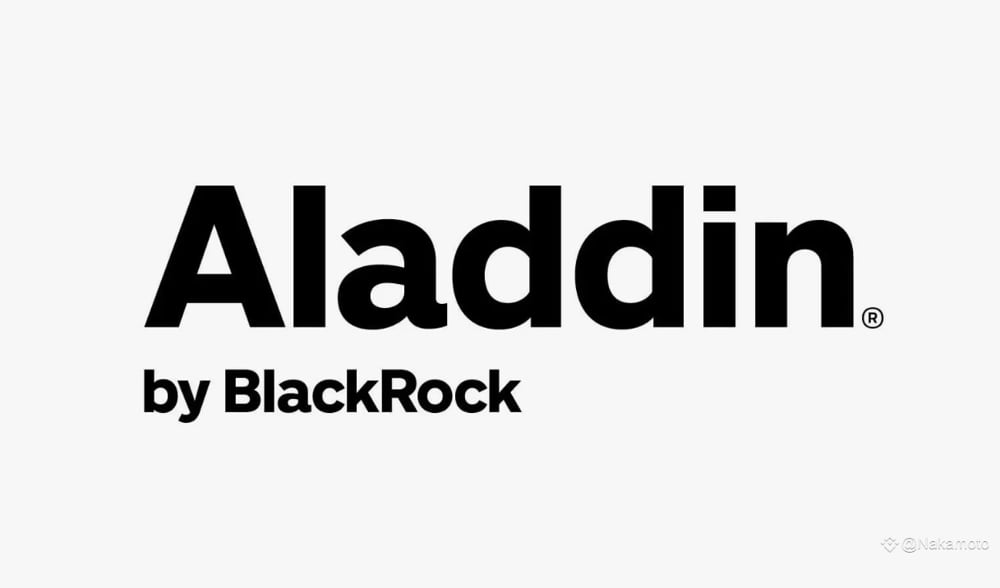







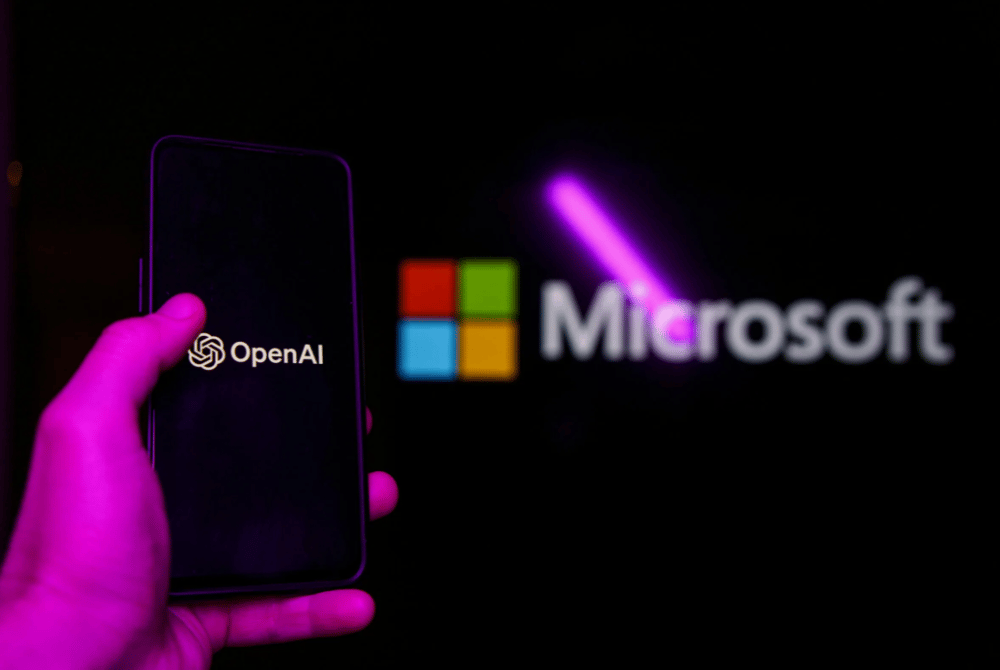

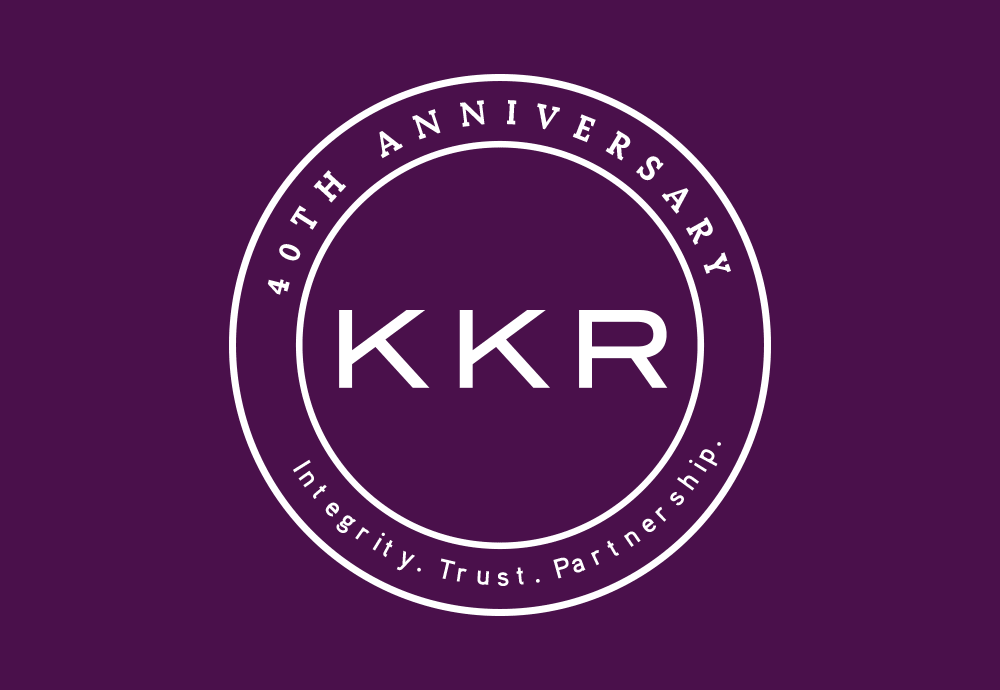
Comments